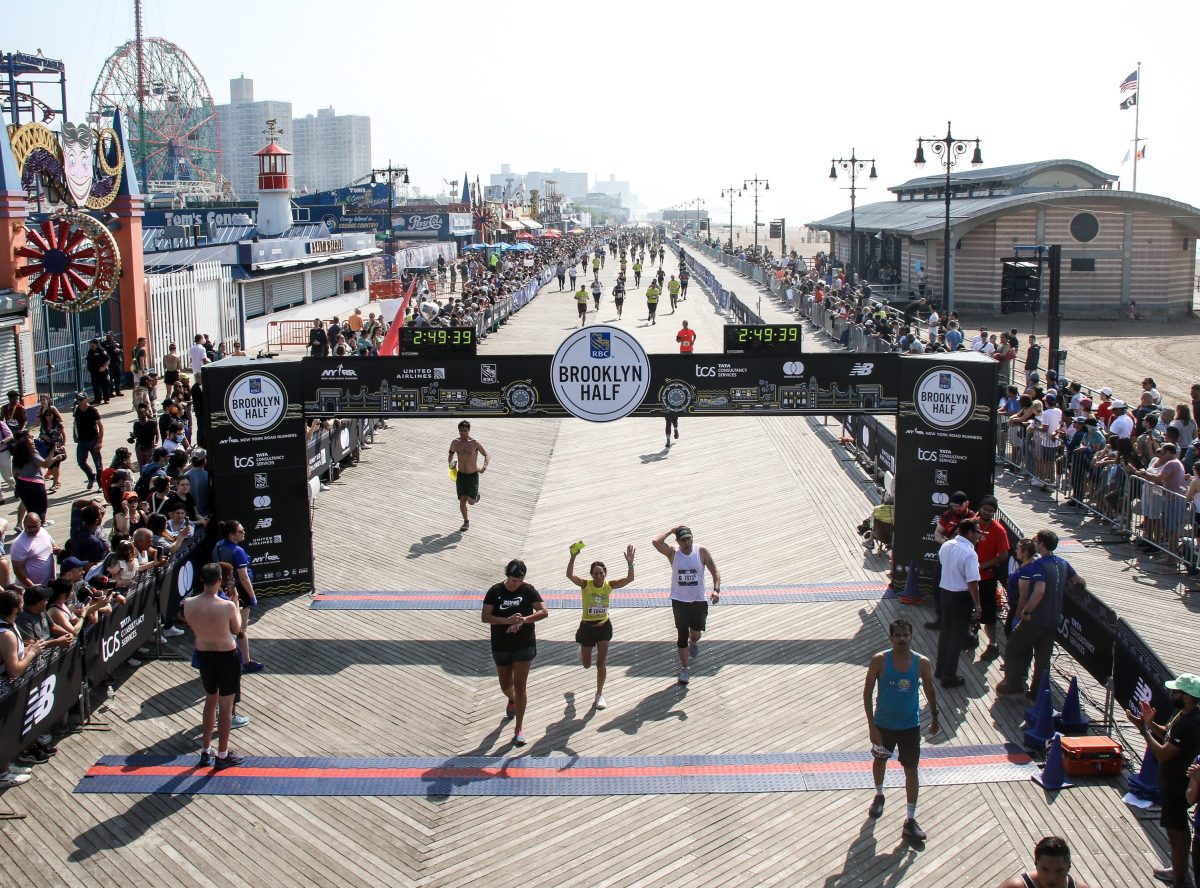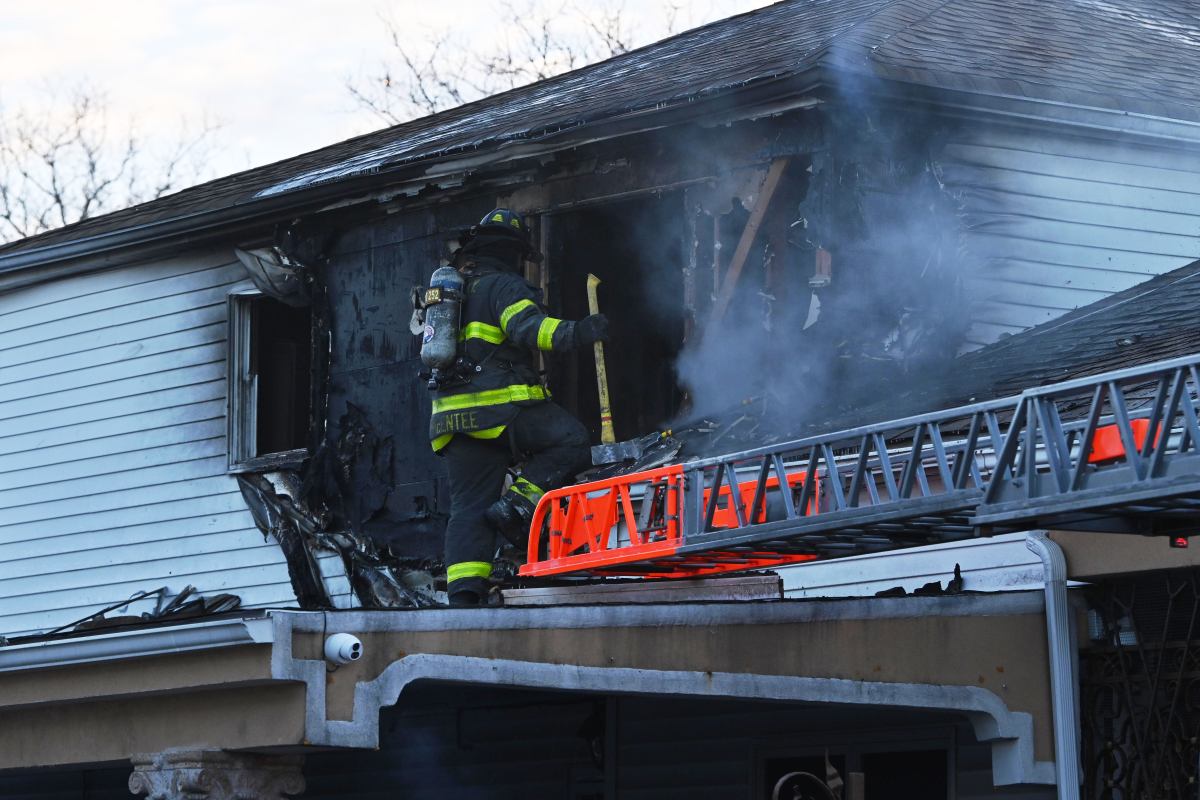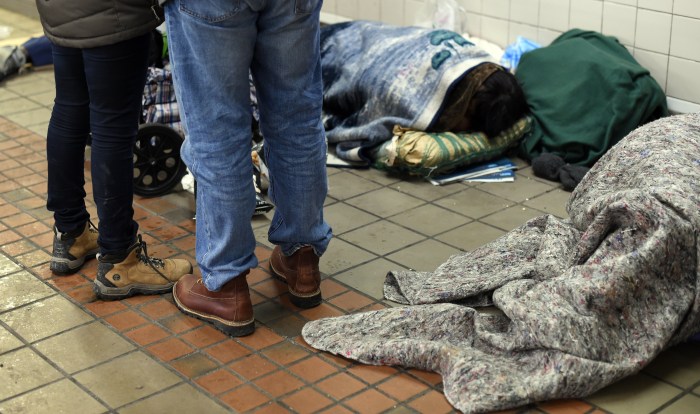For camping enthusiasts who have conquered the Northeast and are looking westward for their 2018 summer adventures, Grand Teton National Park in Wyoming — where the buffalo and camper caravans roam — is a majestic destination.
The mountain range, located just south of Yellowstone National Park, offers a rustic outdoors experience with activities ranging from the relaxing to the rigorous.
The peaks form a circle around a valley, aptly named Jackson Hole, about 45 minutes north of the city of Jackson. They also hug several lakes, each so pristine that they reflect the Tetons like mirrors.
Area wildlife can’t be beat either — from grizzly bears to six-point bucks, moose, wolves and bald eagles.
And though the western national parks often conjure visuals of “National Lampoon”-style family vacations in cluttered station wagons, or RVs with “happy camper” painted on the sides, my husband and I honeymooned last summer in the Tetons with a tent and a Ford Fusion Hybrid rental.
Getting there
Unless you have a few days to spare, and the patience to drive through some very flat states — no offense, Indiana — you’ll want to head west on a plane. The park is accessible via several airports, the closest being Jackson Hole Airport, located within Grand Teton National Park. (Keep in mind that national parks have entrance fees. Grand Teton and Yellowstone each sell seven-day passes for $30 per car, or you can get a two-for-one deal for $50.)
Where to camp
Whether you’re pitching a tent or parking an RV, the Tetons offer plenty of campsites.
The Headwaters Campground at Flagg Ranch, nestled between Yellowstone and Grand Teton National parks, has 175 campsites and several cabins.
A few miles south, the Jenny Lake Campground offers 49 tent-only sites and views so breathtaking that it is considered the most popular lodging in the area.
Just below the park’s boundary is the Gros Ventre Campground, with more than 300 tent and RV sites. It is located in the Jackson Hole valley, where buffalo tread by day and wolves howl at night.
My husband and I stayed at the Colter Bay Campground, which is built like a resort, complete with 335 tent and RV sites, a horse stable for trail rides, a marina for boat rentals, a bird sanctuary and a general store.
Campground seasons and rates vary, ranging from about mid-May to the end of September, with rates starting at around $30 a night for individual tents and RV sites.
What to do
From wildlife tours to endless hiking trails and water activities, it is difficult to fit all there is to do in Grand Teton National Park into one trip. To see animals up close, take a tour with Jackson Hole Wildlife Safaris. If you’re an avid hiker, head to any campground visitor centers to map out your trail.
Once you’ve taken in the Tetons, even more activities lie just outside the park’s boundaries. Go north to see the geysers in Yellowstone, or south to ride the rapids in the Snake River, followed by dinner and shopping in Jackson.
What to pack
Northeasterners will feel at home in the crazy weather of the Wyoming mountains, where it can be 40 degrees at 6 a.m., 80 by noon in the sun and then 65 in the shady woods back at the campsite. If you ask a park ranger what the forecast is for any given summer day, they’re bound to respond with a chuckle: “Sunny with an afternoon thunderstorm.”
The best packing method for that climate is one you’re already familiar with: layers. Be prepared to wear shorts and a T-shirt, a flannel, a hoodie, pants over thermal underwear, a raincoat and a heavier, winter-weather parka all in the course of a day.
Be sure to bring waterproof hiking boots, too, which will keep you comfy on excursions and warm when the temps drop at night, and a pair of slip-ons, like Keds or topsiders, for trips in the car and waterfront activities.
































